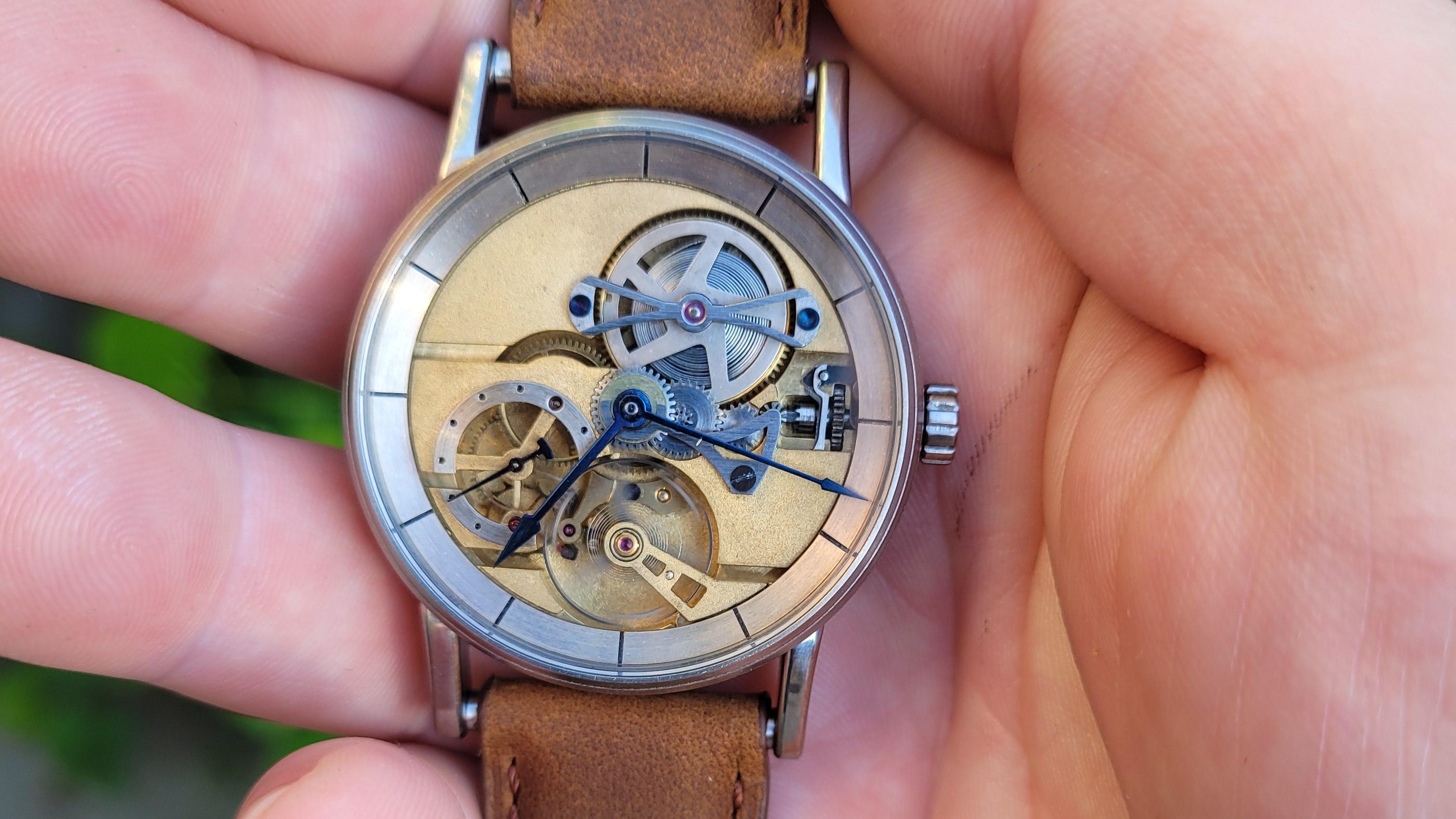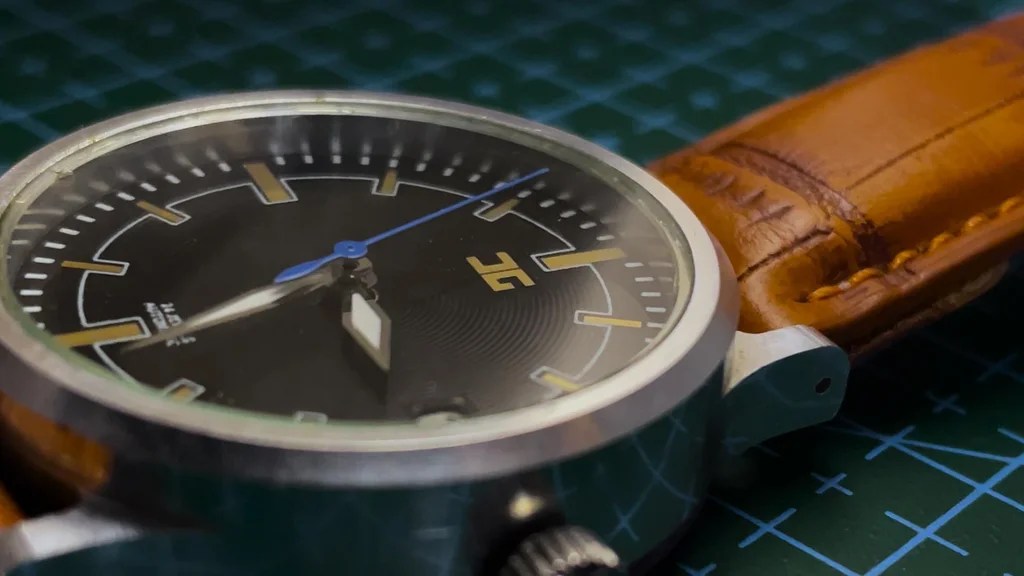One person like that
#watch
Casio made a tiny fully functional Ring Watch

Wearables are all the rage right now, with options from Samsung, Ultrahuman, and others offering every imaginable fitness tracking feature in the compact form factor of a ring. The Casio Ring Watch launched to celebrate the company’s 50th anniversary does none of those fancy fitness tracking duties and simply tells you the time. This was originally thought to be a Japan-exclusive, but a listing on Casio’s US website confirms model CRW001-1 is actually headed stateside.
Casio’s latest innovation is a complicated piece of tech using a miniature display and internals, powered by a simple coin cell battery that should last two years before needing replacement.
It almost seemed like an April Fool’s joke, but seems real enough. This is pretty unique actually, and even seems to perform all the other functions like stopwatch, flashing alarm, etc. It’s a genuine and unique Casio!
See androidpolice.com/casio-ring-w…
#Blog, #Casio, #technology, #watch
One person like that
2 Comments
One person like that
2 Likes
The great antidote! Best movie ever. Slow down and watch it!
#watch #it #whataboutme
https://www.youtube.com/watch?v=Slyj2kBc58I
4 Likes
One person like that
3 Likes
https://www.youtube.com/watch?v=FR88Ttjc_JY
8/14/2024 -- Japan on Earthquake #watch for potential large activity - West Coast USA M5+ due
One person like that
1 Shares
Bericht von Human Rights Watch
Die Hamas-Taten vom 7. Oktober
Von Lisa Schneider
Die Menschenrechtsorganisation Human Rights Watch zieht in ihrem Bericht ein eindeutiges Fazit: Kriegsverbrechen, Verbrechen gegen die Menschlichkeit.
#taz #tageszeitung #Human #Rights #Watch #Gaza #Hamas #Israel
5 Likes
1 Shares
1 Comments
Dating a Latina

https://img.ifunny.co/videos/d162422a376951cfe5a82b9c1abc35c1c1982913044167492881b84e83f73c3f_1.mp4
46 sec video w/sound
#watch and #learn #dating #latina
4 Likes
2 Comments
4 Likes
4 Likes
1 Comments
8 Likes
4 Comments
2 Likes
3 Likes
5 Likes
2 Shares
2 Likes














